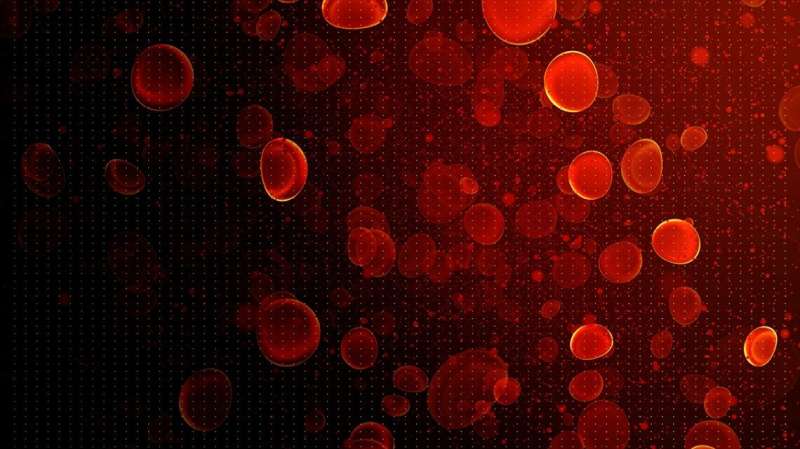Fluorescent probes offer fuller view of drug delivery in cells

Selecting the most effective molecules for drug delivery is often a trial-and-error process, but Cornell engineers are providing some precision thanks to a technique that reveals the performance of those molecules inside living cells.
Drug delivery systems control the time and place therapeutics are released inside the body. An essential component of many drug delivery systems is the molecule that links an antibody—which seeks out a target such as cancer cells—to a drug designed to destroy the target. The linker must not only keep the drug tethered to the antibody as it travels to a targeted cell, it must properly release the drug inside the cell, in the right place at the right time.
Biomolecular engineers gather clues about linkers' effectiveness by testing them in cell-free environments—model fluids that don't contain all the complex interactions typically found in whole, living cells. They're easier to study, but aren't always as accurate, potentially leading to linker failure in subsequent testing.
A research team led by Chris Alabi, associate professor of chemical and biomolecular engineering, has developed a method that employs fluorescent probes to see and measure the rate at which linkers successfully release drugs in living cells. The research, "Responsive Antibody Conjugates Enable Quantitative Determination of Intracellular Bond Degradation Rate," published Oct. 8 in the journal Cell Chemical Biology.
"Right now, pharmaceutical companies make a ton of linkers and then see which functions best for a particular application by having to test each one. It's a shotgun approach," Alabi said. "With our technique, they can now make an informed decision based on actual intracellular numbers, before they put the drug system together."
The probes consist of two fluorescent dyes that render each other invisible when they're tethered together with the antibody as part of the delivery system. When the linker breaks and untethers the dyes, they become visible using a microscope, signaling the drug has been released inside the cell.
These probes were developed in Alabi's lab and offer engineers an accurate way to measure the rate at which a linker's chemical bond breaks from the delivery system while inside the cell.
"Once we know what the timing is for different linker bonds and cell processes, then we can say, 'OK, for drug A connected to antibody B, this is how long it will take, so if we want to treat disease C, we should use this linker,'" Alabi said.
To demonstrate the probe, Alabi and his team engineered an antibody construct with a disulfide linker known to work well within the HER2 protein, a highly valued target for breast cancer treatment. Once the delivery system reached the protein, the team was able to reliably measure intracellular processes, such as the kinetics and half-life of the disulfide linker.
"For the biomolecular engineers and companies that have a target in mind, we can ... make the drug discovery process that much faster because we now know something about how long it's going to take to release the drug," said Alabi, who hopes to demonstrate the technique further through partnerships with pharmaceutical companies.
The probes can also be used by chemical biologists to learn more about intracellular processes, such as the specific agents responsible for cleaving linkers, Alabi said.
More information: Michelle R. Sorkin et al. Responsive Antibody Conjugates Enable Quantitative Determination of Intracellular Bond Degradation Rate, Cell Chemical Biology (2019). DOI: 10.1016/j.chembiol.2019.09.008
Journal information: Cell Chemical Biology
Provided by Cornell University



















